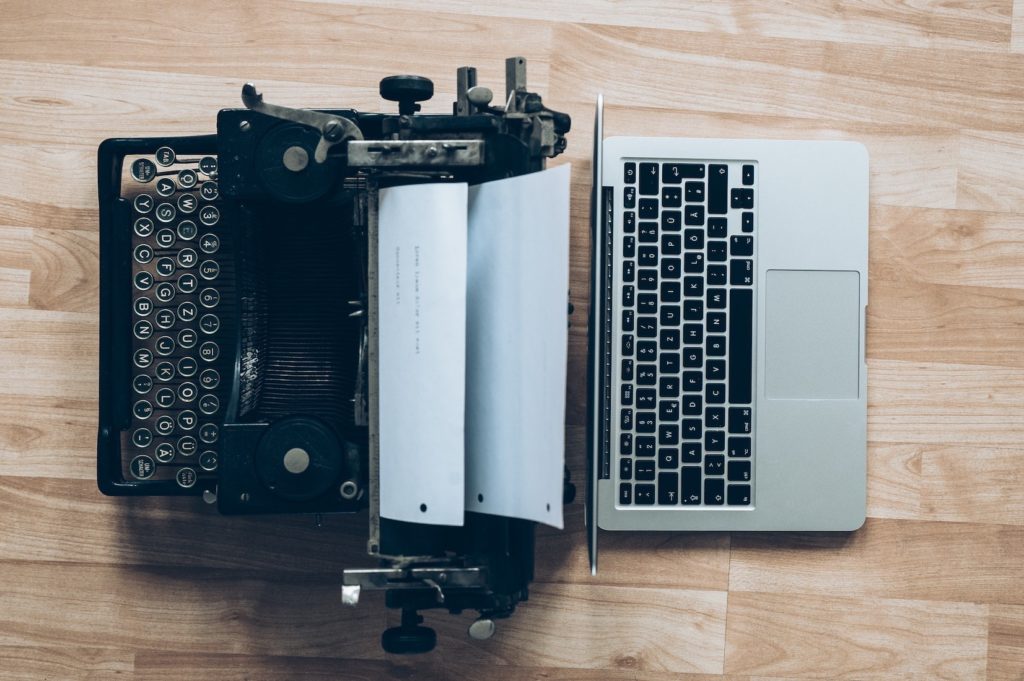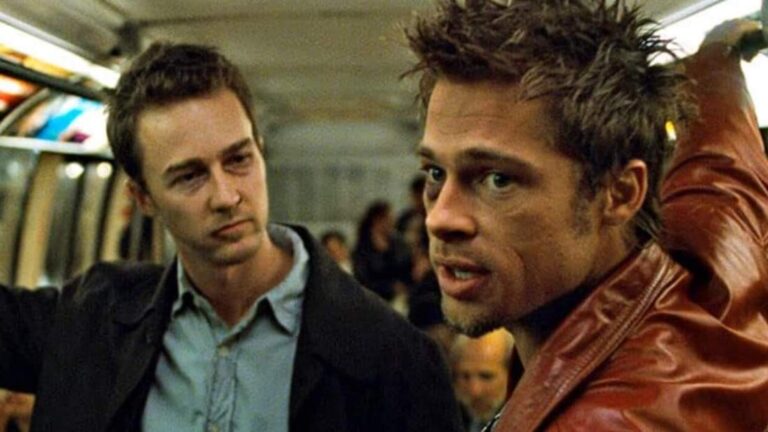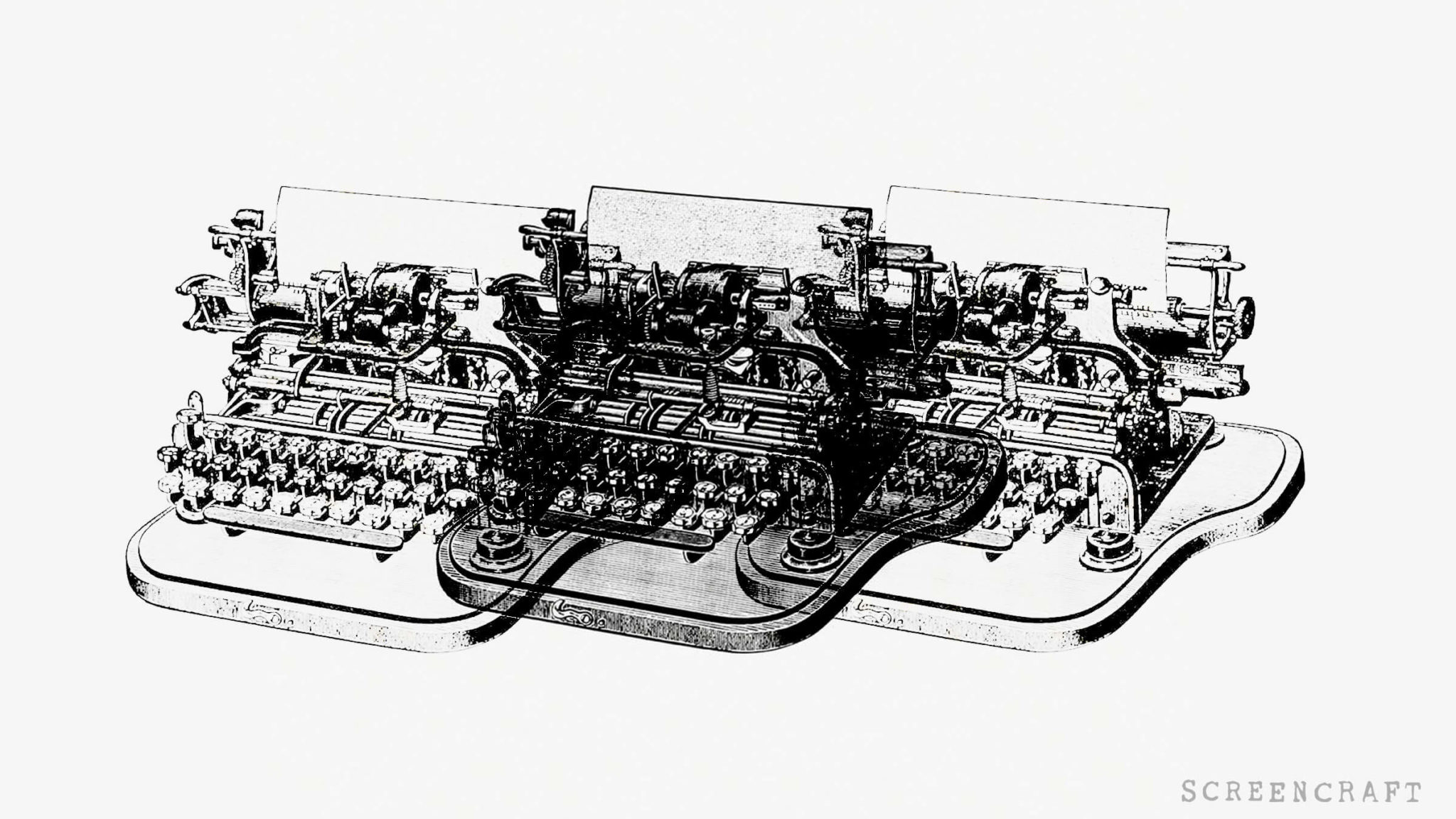Sequencing and Layering: Advanced Techniques That Will Improve Your Writing

There are many ways that a screenwriter can approach structuring a screenplay. It goes without saying, the right fit depends on the writer. One size doesn’t fit all. The formulaic structures found in countless textbooks and screenwriting theories are meant to be used as tools to help guide writers through the journey of their characters. Some writers shun the idea of structure as the enemy of creative expression, but that’s not always the whole story.
One such structuring technique that has been gaining popularity in recent years is The Sequence Approach.
As Andrew W. Marlowe explains in the Forward of Paul Joseph Gulino’s book, Screenwriting: The Sequence Approach, “On the surface, the sequence method may appear to be just another formulaic, by-the-numbers approach to structuring your script. Nothing could be further from the truth. Instead of providing a dead structure, sequencing helps writers create the dynamic, dramatic engines that drive their stories forward.”
This may be true, but it’s easy to follow a formula, fill in the blanks, and come away with a disjointed series of events that don’t seem to connect. That’s where layering comes into play. If sequencing divides the action into digestible chunks, layering ties it all together.
Before we can run with the more advanced layering techniques, first we have to get a firm grasp on sequencing. Let’s dive in.
The Sequence Approach
Sequencing is a tool to provide writers with an overall view of their work in order to sustain an audiences’ emotional attachment from Fade In to Fade Out. It’s now taught extensively at many leading universities including the University of Southern California and Columbia University.
Sequencing is the notion that the larger feature film is comprised of eight smaller movies built to give the story direction and movement by keeping the audience engaged. Each sequence has, “its own protagonist, tensions, rising action, and resolution just like the larger film.”
Gulino states, “The difference between a sequence and a stand-alone fifteen-minute film is that the conflicts and issues raised in a sequence are only partially resolved within the sequence, and when they are resolved, the resolution often opens up new issues, which in turn become the subject of subsequent sequences.”
The goal of sequencing is to propel the story forward with momentum so that a writer doesn’t get bogged down in the second act with dead ends and wrong turns.
Ryan Condal explained sequencing in an interview with Done Deal Pro, explaining that, “Each sequence has to do with the greater goal of your story, each one building on the last and raising the stakes and conflict until the story and conflict are eventually resolved at the end of the script.”
He goes on to state that, “Each sequence should have a mini goal for the protagonist; a beginning, middle, and end.”
With this in mind, let’s check out the eight sequences to get a better understanding of how to layer them together.
ACT I
1st Sequence - Status Quo/Inciting Incident
First 15 pages
Hook - A situation occurs that raises questions in the audience’s mind and promises an answer through curiosity and dangling causes (a cause that will not have its effect until later).
After the hook, the first fifteen minutes answer expository questions such as who, what, where, when, and the tone of the screenplay.
The main character is introduced living their status quo. The audience is shown what life would be like if the succeeding series of events never interfered.
The 1st Sequence ends with the Inciting Incident, or an intrusion to their status quo, that forces the protagonist out of their comfort zone. Their response often fails in accordance with their main flaw, the conflict within that they’ll have to overcome later down the line.
2nd Sequence - Predicament & Lock In
Pages 15-30
Main purpose: Set up main tension.
This sequence poses a dramatic question that will shape the rest of the story. The protagonist grapples with the destabilization introduced at the end of Sequence One. Whatever solutions the protagonist attempts leads either to a new predicament, or a bigger one.
The end of the second sequence tends to mark the end of ACT ONE by setting up the main tension, which drives ACT TWO.
ACT II
3rd Sequence - First Obstacle & Raising the Stakes
Pages 30-45
Allows the protagonist a first chance at solving their problem posed at the end of the Second Sequence.
The character may solve the immediate problem, like plugging the leak in the boat, but the resolution of one problem can lead to much bigger and deeper problems. Such as the engine catching on fire because it’s taken on water.
4th Sequence - First Culmination/Midpoint
Pages 45-60
The protagonist’s first attempt at resolving the conflict will fail, or they’ll find themselves facing a more perilous problem.
The end of the fourth Sequence very often leads to the First Culmination or Midpoint.
This is when there’s usually a major revelation or reversal in the character’s fortune that makes their goal more difficult to overcome. This midpoint usually parallels the final resolution. This might be a minor victory that makes the protagonist think they’ve succeeded until their success leads to or exposes a bigger problem.

5th Sequence - Subplot & Rising Action
Pages 60-75
The protagonist often works on whatever new complication arose in the first culmination. This could be a point where a subplot or mentor type character may be introduced to teach the character what they need to know to overcome their conflict.
They often gain what they need to learn and either fail to act on it initially or revert back to their flaw. This creates new complications that raise the stakes.
6th Sequence - Main Culmination/End of Act Two
Pages 75-90
Once the protagonist has eliminated every effort to find a solution, they must face their highest obstacle, turn to their last alternative, reach their highest and lowest moments and resolve the main tension.
In order to do that, the protagonist must dig deep. Since the midpoint and the resolution are usually paralleled, the second and main culmination is often the mirrored opposite. In a romantic comedy, this is the point where the truth has been revealed and the guy loses the girl he’s been courting. Or the point in a superhero movie where the masked vigilante gets his back broken.
ACT III
7th Sequence - New Tension & Twist
Pages 90-105
From the main culmination arises a twist in fortune. Things speed up as we barrel toward the finish line. The tension rises. The main character might have defeated their antagonist, but now they still have to stop the bomb.
8th Sequence - Resolution
Pages 105-120
For better or worse, the protagonist is able to resolve the conflict that was first introduced. Our hero either saves the day and gets the person of their desire, or they fail. Regardless, the hero walks away having changed profoundly. Here is where writers can finish any dangling causes and subplots and let the audience breathe a bit. Please.
Layering the Sequences
Now that we have a better understanding of the different sequences, let’s see how some films tied them all together through careful layering.
ScriptShadow covered the topic well and used Star Wars and Back to the Future as examples. In both, we see a central storyline connecting each sequence as a bridge or thread.
For Star Wars, the central driving storyline connecting each of the first sequences lies in the mystery of her message. For example:
- Sequence 1: Darth Vader tries to retrieve the Death Star plans but fails when R2D2 & C3PO escape.
- Sequence 2: Droids try to deliver the message. Luke buys them as junk.
- Sequence 3: Luke receives the message, finds Obi-Wan Kenobi.
A goal is outlined in each sequence and the characters drive the action after it.
By withholding certain information with a dangling cause, a writer is able to allude to a sense of spontaneity. Gulino argues that the “extent to which the drama seems spontaneous/anything might happen — is the extent to which it will persuade an audience that whatever the outcome that eventually transpires is inevitable and therefore satisfying.”
If we look at Back to the Future, there are three main storylines that are all centered around Marty’s goal to get back to the present day without affecting too much change.
Three main storylines:
- Get back to the present with help from Doc.
- Make his mom fall in love with his luckless father, despite her crush on Marty.
- Warn Doc that he’s going to die.
These storylines don’t fully play out back to back but are layered in a way that breaks up the action. There’s a beginning, middle, and end to each of these storylines. Each is separated by the paralleling beginnings, middles, and endings of the other sequences.
When Marty time travels to the past, he meets his mother and falls into conflict with Biff. His actions, although they save him from a butt-kicking, make his mom crush on him. This dangling cause is put on hold when Marty is able to locate Doc and convince him that he’s from the future.
Through a photograph of his siblings, he realizes that although he needs to get back to the present — he’s changed the course of his parents’ futures, and his siblings are disappearing from the photo. Great Scott! Unless he can get his mother to fall in love with his father, they’re doomed.
The photo acts as a bridge that connects sequences separated by the main conflict. The A story is wrapped up in the B and C stories, and every wire has a function. Confused yet?
__
All this talk about layering and sequencing can make you dizzy. It’s an analytical way of approaching the creative process. This way may work for some writers, and maybe it won’t work for just as many, if not more.
If you find a process that works for you, roll with it. Maybe it’s a combination of different structuring techniques or one that you’ve never read about before.
 Kevin Nelson is a writer and director based in New York City, baby. He has written and produced critically acclaimed short films and music videos with incredibly talented artists, worked with anti-human trafficking organizations, and would rather be in nature right now. See more madness on Instagram or follow his work on https://www.kevinpatricknelson.com
Kevin Nelson is a writer and director based in New York City, baby. He has written and produced critically acclaimed short films and music videos with incredibly talented artists, worked with anti-human trafficking organizations, and would rather be in nature right now. See more madness on Instagram or follow his work on https://www.kevinpatricknelson.comFor all the latest ScreenCraft news and updates, follow us on Twitter, Facebook, and Instagram.
Get Our Screenwriting Newsletter!
Get weekly writing inspiration delivered to your inbox - including industry news, popular articles, and more!




























